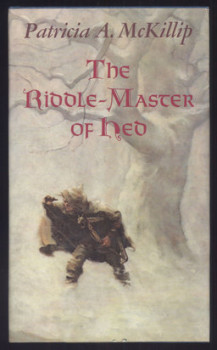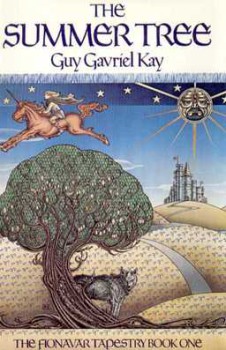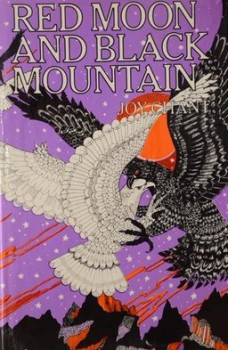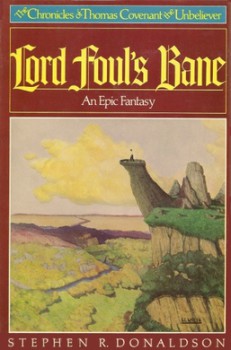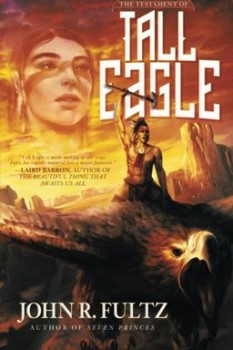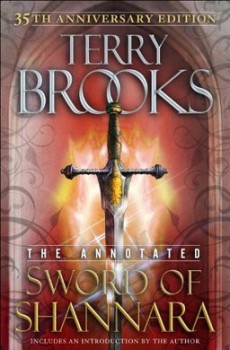Fantastic Reference and Non-fiction Books
At the centre of all the fuzzy sets is a rough definition of what we mean by fantasy: a fantasy text is a self-coherent narrative which, when set in our REALITY, tells a story which is impossible in the world as we perceive it (see PERCEPTION); when set in an OTHERWORLD or SECONDARY WORLD, that otherworld will be impossible, but stories set there will be possible in the otherworld’s terms. An associated point, hinted at here, is that at the core of fantasy is STORY. Even the most surrealist of fantasies tells a tale.
— from the foreword of The Encyclopedia of Fantasy by John Clute and John Grant
 I like to think I have a fairly extensive knowledge of swords & sorcery and other fantasy sub-genres. While I never took courses on the hermeneutics of Conan, or Fafhrd and post-modernism, I do have about forty years of time on job reading the stuff. When I write I try to bring that knowledge to bear in a close reading of the story. But I know better than to rely just on my brain all the time, so sometimes I turn to my small but valuable collection of fantasy non-fiction titles.
I like to think I have a fairly extensive knowledge of swords & sorcery and other fantasy sub-genres. While I never took courses on the hermeneutics of Conan, or Fafhrd and post-modernism, I do have about forty years of time on job reading the stuff. When I write I try to bring that knowledge to bear in a close reading of the story. But I know better than to rely just on my brain all the time, so sometimes I turn to my small but valuable collection of fantasy non-fiction titles.
I have always loved reference books. When I was little I pestered my mother to buy me several sets of books, starting with the Golden Book Illustrated Dictionary and followed by the Funk & Wagnalls New Encyclopedia. The latter was bought, one volume every few weeks, at A&P. Sadly, she didn’t get two of them: Vol.14, ISRAE to LACCA, and Vol.21, RUSSI to SUMAL. Which meant I didn’t learn much about Kipling or rutabagas until I was older. I spent hours upon hours poring over those books, just reading about whatever was in front of me.
That initial love for reference books only grew as I got older, eventually extending into the various genres of fiction I read. I’ve got several good books on crime fiction and science fiction that have steered me toward books I might never have otherwise known about or been willing to give a chance. Writing about swords & sorcery for the past four and half years, though, it’s the fantasy references that I’ve drawn on the most for ideas and information.

